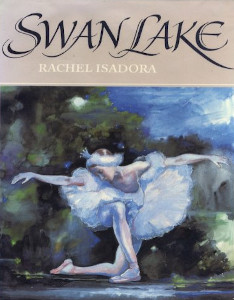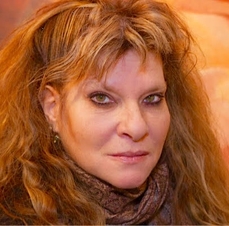Swan Lake (Adaptation)

Content:
Swan Lake
Illustrator:
Rachel Isadora
Rachel Isadora
Original author:
Pyotr Ilyich Tchaikovsky
Publication:
1991 by G.P. Putnam's Sons
Genre:
Dance, Fairy Tales, Fiction, Folk Tales, Picture Books
Pages:
32
Current state:
This book has been evaluated and information added. It has not been read and content considerations may not be complete.
Book Guide
Search for this book used on:
One of the best-loved classical ballets is based on the legend of a beautiful maiden who is turned into a swan by an evil sorcerer. Now the drama, mystery, and enchantment of the swan-maiden's tale come alive in impressionistic paintings that capture the movement of dance with ballerinas gracing the pages.
Rachel Isadora brilliantly weaves her ballet experience with the intensity of her art, using rich, vibrant colors, traditional ballet positions, and stunning settings. Hear the music in her watercolors and watch her ballerinas dance.
From the dust jacket
To view an example page please sign in.
Please sign in to access the type of illustrations and view more books with this type.
To view reprints of this book please sign in.
Content Guide
Please sign in to access all of the topics associated with this book and view other books with the same topics.
For information about the lead characters please sign in.
Please sign in to discover interesting content included in the illustrations of this book.
Please sign in to access information about the content of this book that you may want to consider before reading.
Resource Guide
Episode 70: Why Read Fairy Tales?
Released in 2020 by The Literary Life
Available formats: Streaming Audio
Length: 1 hr. 29 min.
View on the The Literary Life site
"Angelina Stanford and Cindy Rollins tackle the topic of fairy stories, discussing the what, why and how of reading them. Angelina shares the distinctive characteristics of fairy stories in contrast to other types of stories, such as myths. They deal with the question of whether fairy tales are 'escapist', the influence of the Grimm brothers scholarly work on interpreting fairy stories, and allowing the story to unveil its deeper truths without forcing meaning onto it.
Angelina gives an illustration of how to see the gospel messages in fairy tales by talking us through the story of Sleeping Beauty. She refutes the ideas that fairy tales are about human romance or are misogynistic. She also highlights some of the Enlightenment and Puritan responses to fairy tales that still linger with us today. Cindy and Angelina also discuss some common concerns such as the magical, weird, or scary aspects of fairy tales. Angelina also makes a distinction between folk tales, literary fairy tales, and cautionary tales."
Find This Book
Search for this book used on:




